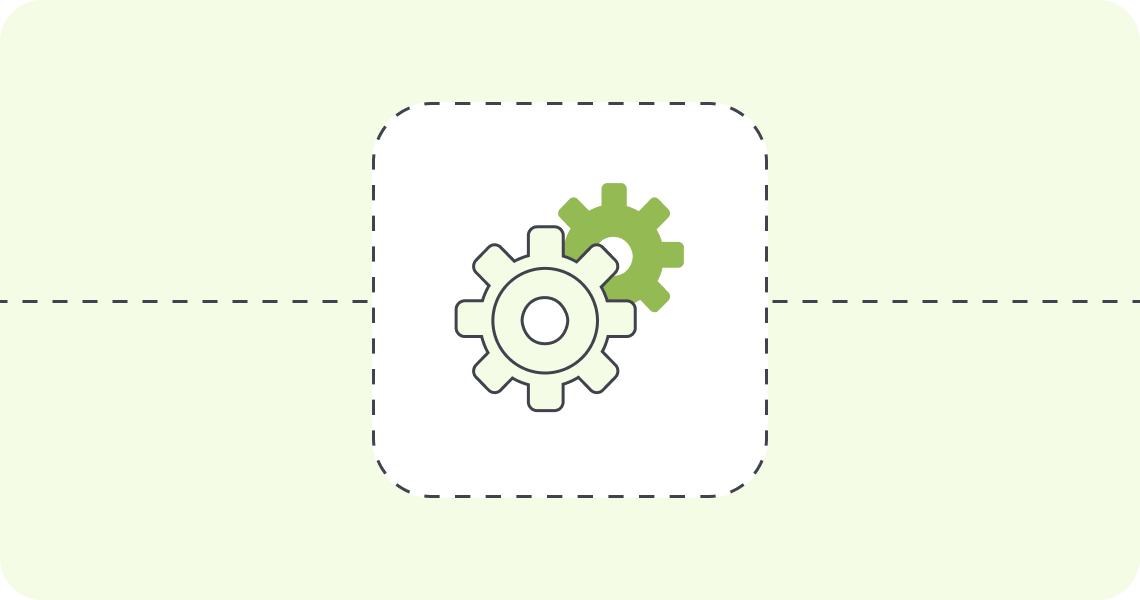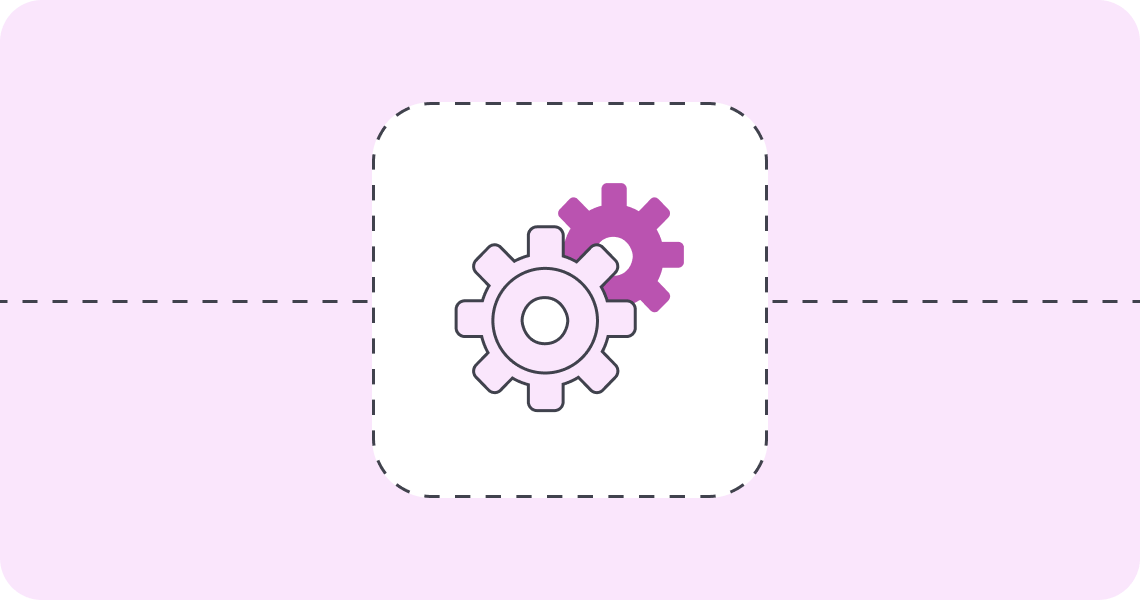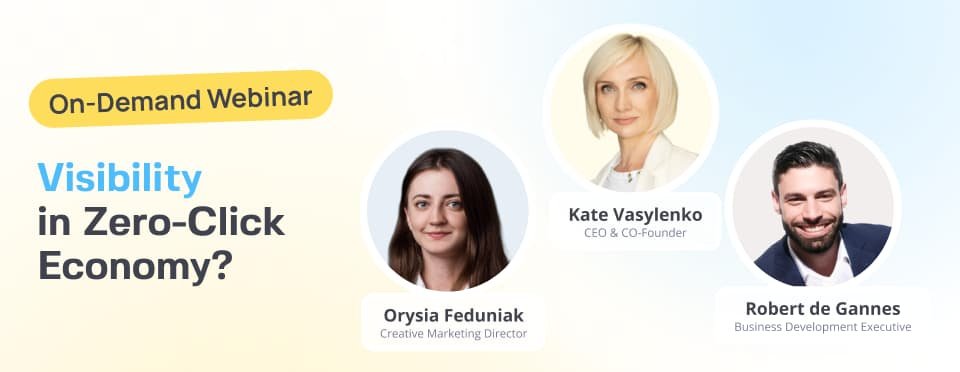Looking at the best B2B marketing campaigns gives us insight into what makes some campaigns stand out in a crowded space. These are not only creative but also work to achieve their goals whether that’s brand awareness, lead gen or customer engagement. By breaking down the elements that made them successful, businesses in any industry can learn how to copy these winning tactics. Whether you want to boost your content marketing, try new tech or hone your brand message, these B2B marketing campaigns examples will give you a blueprint to create your own B2B marketing.
What are B2B marketing campaigns?
Business to business (B2B) marketing campaigns promote products or services to other businesses not individuals. Businesses target other businesses to solve their specific business needs.

Unlike B2C marketing, B2B campaigns have longer sales cycles as decisions often require approval from multiple stakeholders within the organization.
A B2B marketing campaign is all about building relationships with clients and providing solutions to their business needs.
Components
- Value proposition: Clearly explain how your product or service solves the client’s problem.
- Content marketing: Provide content that educates potential clients about your offerings.
- Lead nurturing: Develop ways to build relationships with prospects over time and guide them through the sales funnel.
- Relevant content: Distribute relevant content through platforms like social media and email to meet the diverse needs of your target customers. This helps in driving users toward conversion and effectively engaging audiences.
A B2B campaign works best when marketing and sales teams work together. Alignment means marketing efforts produce high quality leads that sales can convert into customers. Marketing teams play a big part in working on B2B campaigns, internal processes and engaging with target audience.
Technology helps to make campaigns more effective. Using customer relationship management (CRM) systems and marketing automation tools simplifies processes and allows for personalisation with clients.
Target market
- Ideal customer profile: Define industry, company size and pain points that match your offerings.
- Market trends analysis: Stay on top of industry trends to find emerging opportunities and potential clients.
- Buyer personas: Create detailed profiles of your target audience to tailor your message and strategies.
Business professionals are the target of B2B marketing as they put their company’s profitability first and want simple yet creative engagement.
Knowing your target market is key to crafting messages that resonate with potential clients. By looking at data and trends businesses can refine their approach to get the right clients.
Planning
- Structured approach: Create a plan that outlines objectives, target audience, key messages and tactics. Having clear objectives is key to a successful campaign so all efforts are aligned and measurable.
- SWOT analysis: Review internal strengths and weaknesses, external opportunities and threats to inform decisions.
- Milestones: Set clear milestones and KPIs to track progress and measure the campaign.
Planning provides a blueprint for B2B marketing campaigns. By setting achievable goals and milestones businesses can stay focused and adjust as needed throughout the campaign.
Distribution
- Channel selection: Choose the right channels to reach your target audience, email marketing, social media or industry specific platforms. A well executed social media campaign can expand your reach by connecting with your audience on platforms like LinkedIn where campaigns like ‘Life Inside Dropbox’ have become broader engagement strategies.
- Partnership leverage: Partner with complementary businesses or influencers to expand reach and tap into new markets.
- Analytics: Use data analytics to track performance metrics, measure campaign effectiveness and make data driven decisions to optimize.
Choosing the right distribution channels is key to getting your content in front of your target audience. By partnering and looking at data businesses can refine their distribution strategies for maximum impact.
Types of B2B marketing campaigns
B2B marketing campaigns come in many forms, each designed to achieve specific goals, from brand awareness to lead generation and customer retention. B2B marketing campaigns that engage their target audience well can provide valuable insights and inspiration. These campaigns range from content marketing where businesses create content to attract and nurture leads to account-based marketing (ABM) where businesses target high value accounts with personalized strategies. Digital marketing campaigns use channels like social media, email and search engines to reach a wider audience while event based campaigns leverage industry events to build relationships and showcase expertise. By looking at the different types of B2B marketing campaigns businesses can better tailor their approach to their objectives and connect with potential clients better.
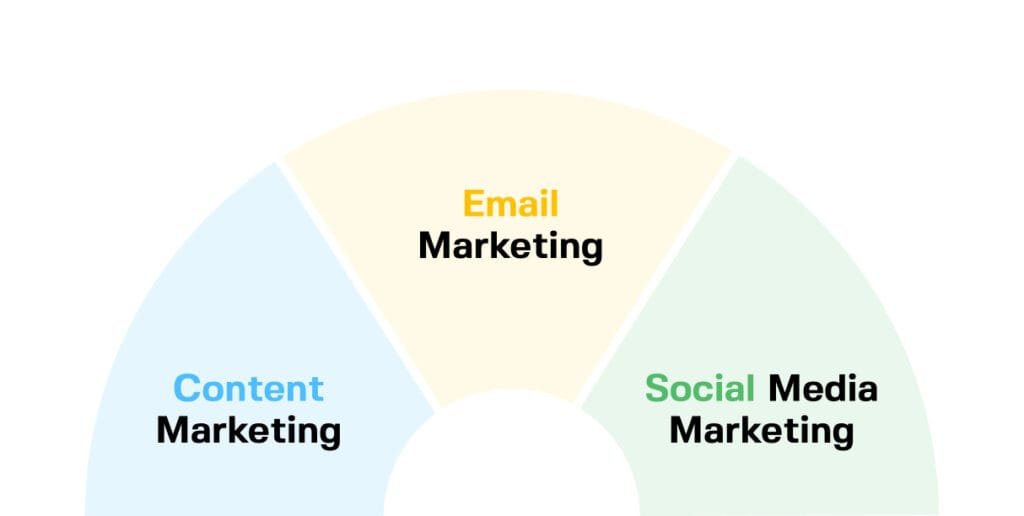
Content marketing
Content marketing in B2B campaigns is about creating and sharing valuable content to attract and engage your target audience. This can include blog posts, whitepapers, case studies and more. It establishes thought leadership and builds trust with potential clients.
Video marketing is key to creating content that raises brand awareness and drives engagement.
Creating educational webinars can be a powerful content marketing tool. They provide in-depth information on industry topics, showcase expertise and attract leads interested in learning more about the products or services.
Guest blogging on other industry websites can also expand the reach of content marketing campaigns. By tapping into existing audiences businesses can increase brand visibility and credibility within their target market.
Email marketing
Email marketing is another type of B2B campaign that involves sending targeted emails to prospects and customers. It allows businesses to nurture leads, promote products or services and drive conversions. Personalized email campaigns can increase open rates and click through rates.
Search engine optimization is key to getting email campaigns seen, so emails get to the right audience.
Segmenting email lists by customer behavior can increase the effectiveness of email marketing campaigns. By targeting specific audience segments with tailored content businesses can send relevant messages that resonate with the recipient.
Using automated email workflows is a strategic approach to email marketing. These workflows can be set up to send triggered emails based on user actions, such as website visits or product purchases and increase engagement and conversions.
Social media marketing
Social media platforms are key to B2B campaigns by using social media to connect with your target audience, build relationships and drive traffic. Platforms like LinkedIn are particularly effective for B2B businesses because of their professional nature. Choosing the right social media platform is crucial to maximize B2B marketing impact.
Running targeted ads on social media allows businesses to target specific demographics and industries. By using customized ad copy businesses can tailor their content to different audience segments.
Social listening is a key strategy in social media marketing. By monitoring conversations about the brand or industry trends businesses can get insights into customer preferences and sentiment and adjust their approach accordingly.
What sets B2B campaigns apart
In the crowded world of B2B marketing, standing out requires more than great products or services – it requires campaigns that are strategic and impactful. Successful B2B marketing campaigns have several key features that not only get attention but drive results.

Successful B2B marketing campaigns include key elements such as creativity, audience insights, understanding the audience’s needs, storytelling, and using analytics to measure performance to increase engagement and overall campaign effectiveness.
Clear objectives
Set specific, measurable goals for each campaign so you can measure success. By setting clear objectives businesses can measure the effectiveness of their marketing. An employee advocacy campaign can help set clear objectives for internal engagement. Aligning objectives with overall business goals means campaigns contribute to the business’s growth and success. Review and adjust objectives regularly based on performance data to continually optimize and improve campaign results.
New ideas
Be creative in campaign development to stand out from the competition. By exploring new technologies businesses can use new tools to reach their audience. Try unconventional approaches like interactive content or virtual events to cut through the noise and get the attention of your prospects.
Content
Create content that addresses the specific needs and pain points of your target audience. By understanding what their challenges are, businesses can create content that resonates with them. Using storytelling helps create an emotional connection with the audience making the content more memorable and impactful. Use different formats like videos, infographics and case studies to cater to different preferences and increase engagement.
Video ads help create engaging content by differentiating a brand in a busy market and building brand awareness.
Brand consistency
Keep messaging consistent across all platforms to reinforce the brand. Consistency in branding builds trust and recognition with customers. Make sure visual elements like logos, color schemes and fonts match the brand identity to create a cohesive brand experience for the audience. By communicating brand values through all marketing channels businesses can have a strong brand presence in the market.
The best B2B marketing campaigns to study
In the ever changing world of B2B marketing some campaigns stand out for their creativity, effectiveness and resonance with the target audience. Below we look at some of the best B2B campaigns that have made an impact, what made them work and how other businesses can learn from them.
Upwork – “This is How We Work Now”
“This is How We Work Now” was launched to show the changing face of work, the rise of freelancing and remote work. Through a series of videos and online content Upwork showcased real life success stories of businesses that have adapted to this new way of working.
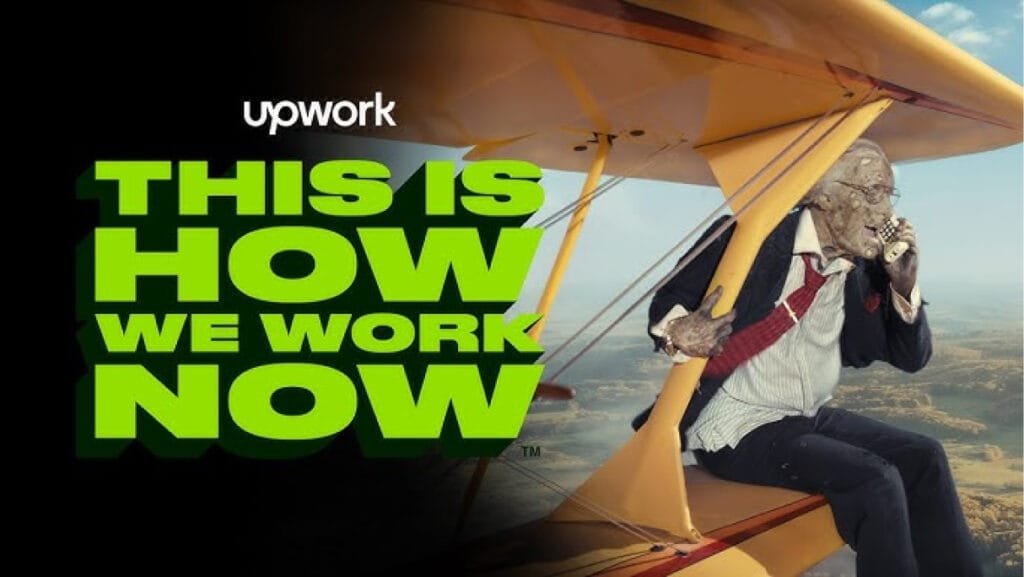
What made it work: This campaign spoke to businesses facing the challenges of a changing work environment. By using real life examples Upwork positioned itself as the solution for businesses looking to go remote and freelance.
How to copy: Create campaigns around current trends and challenges. Use customer testimonials and case studies to show how your product or service solves real world problems.
HubSpot – “Win the Wild West of Business with HubSpot CRM”
“Win the Wild West of Business with HubSpot CRM” used the Wild West metaphor to describe the competitive and unpredictable business landscape. The campaign used video content, webinars and interactive tools to showcase HubSpot’s CRM’s ability to tame the chaos.
What made it work: The Wild West theme was creative and engaging. HubSpot’s storytelling helped to explain the value of their CRM in a way that was relatable.
How to copy: Use a strong and relatable metaphor in your campaigns to simplify complex ideas. Storytelling makes your message more impactful and memorable and helps your brand stand out in a busy market.
Kelly Services – “Thrillingly Predictable Staffing”
“Thrillingly Predictable Staffing” played on the paradox of being both thrilling and predictable. The campaign used digital ads and videos to showcase Kelly’s ability to deliver consistent staffing solutions in a dynamic and unpredictable industry.
What made it work: The contrasting concepts of thrilling and predictable made this campaign interesting and memorable. It communicated Kelly Services’ unique value proposition in a busy market.
How to copy: Use contrasting ideas to create a campaign that will be remembered. By showing how your business can offer the best of both worlds you can make a strong and differentiated statement that grabs attention.
Inmarsat – “What on Earth is the Value of Space?”
“What on Earth is the Value of Space?” was designed to show the importance of satellite communications for businesses on Earth. The campaign used thought provoking content to make businesses think about the often overlooked role of space technology in their business.
What made it work: The campaign worked by challenging assumptions and sparking curiosity. By asking a question Inmarsat engaged their audience and positioned themselves as an essential but often invisible part of business.
How to copy: Create campaigns that challenge the status quo or ask questions. This will engage your audience by making them rethink their thinking and see the value in your product.
“Lighter Deliveries” was about their new eco-friendly delivery solutions. The campaign used digital ads, social media content and case studies to showcase the reduced carbon footprint of Royal Mail’s services.
What made it work: The sustainability focus spoke to businesses looking to reduce their impact. The clear messaging and relevance made it very effective.
How to copy: Address the growing demand for sustainability in your campaigns. Show how your product or service contributes to a greener future and you’ll attract the environmentally conscious businesses.
Squarespace – “Singularity”
“Singularity” was a beautiful, futuristic campaign that showcased the platform’s ability to help businesses create unique and powerful online presences. The campaign used digital ads, video content and a strong social media push.
What made it work: The visuals and theme were eye catching and reinforced Squarespace’s brand as a leader in innovation and design.
How to copy: Invest in good visuals and design in your campaigns. A strong visual identity will differentiate your brand and stick with your audience.
Workday – “Rockstar”
“Rockstar” turned office workers into rockstars, showing how Workday’s software makes them more effective and more valued in their roles. The campaign used videos, digital ads and social media content.
What made it work: The humour made the campaign relatable and engaging, turned a boring topic into something fun and memorable.
How to copy: Don’t be afraid to use humour in your campaigns. Relatable and entertaining content will humanise your brand and make complex or dry topics more accessible and engaging.
ROCKWOOL – “NyRock – an Evolution in Stone Wool”
“NyRock – an Evolution in Stone Wool” was about their new product NyRock, which has better insulation and fire resistance. The campaign used technical content, case studies and digital marketing to target architects and builders.
What made it work: The campaign worked because it was clear about the product benefits and educational content that spoke to the needs of the target audience.
How to copy: Educate your audience about the unique benefits of your product. Technical content and case studies will demonstrate how your product stands out in the market.
EY – “The NextWave Elevator Challenge”
“The NextWave Elevator Challenge” was an interactive campaign that asked young professionals to pitch their ideas to senior executives in the time it takes to ride an elevator. The campaign used social media, video content and live events.
What made it work: The interactive and gamified nature of the campaign was engaging and attracted a younger, tech savvy audience. It also aligned with EY’s brand as a forward thinking, innovative company.
How to copy: Add interactive elements to your campaigns. Gamification and challenges will increase engagement and make your campaign more memorable and impactful.
Amazon Web Services (AWS) – “Bringing the Power of Cloud Computing to Businesses of All Sizes”
AWS’s campaign was about the democratization of cloud computing, showing how businesses of all sizes can use AWS’s cloud solutions. The campaign used webinars, case studies and digital content to demonstrate the scalability and accessibility of AWS services.
What made it work: The inclusivity and scalability of the campaign appealed to a wide audience, from startups to large enterprises. By using real world examples AWS communicated the versatility and power of their cloud solutions.
How to copy: Emphasise the scalability and accessibility of your product or service. Use case studies to show how different types of businesses can use what you offer, so your campaign is relevant to a wider audience.
Conclusion
You now have the top-10 B2B marketing campaigns of the world to dissect and learn from. You know what makes these campaigns tick and how you can apply that to your own marketing. Knowing what works in B2B marketing gives you the power to create effective and successful marketing that resonates with your target audience. You have the tools to go out and engage with your potential customers in a meaningful way.
When marketing in B2B land remember to be innovative, data led and customer focused. Refine your strategies based on what works from other campaigns and industry trends and stay ahead of the curve. Be creative, try new things and adapt to your audience’s changing needs to get long term results from your B2B marketing.


